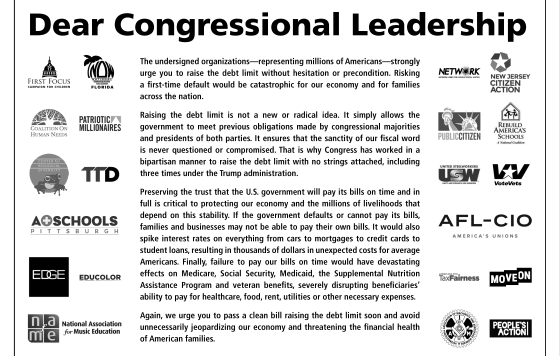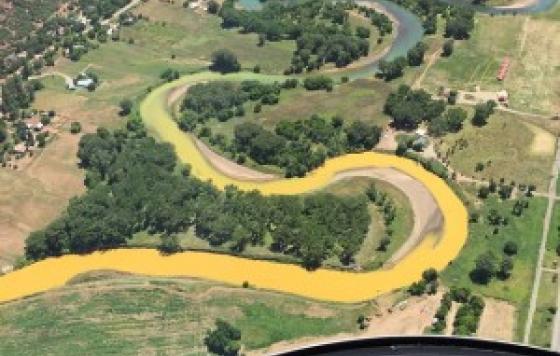The Clean Water Act turns 42 on Saturday. To celebrate we'll be sharing reflections on the Act, talking about the fight to protect clean water, and discussing what we can all do to put drinking water first.
By Andy Galli, Maryland Program Coordinator. Follow our Maryland office on Twitter (@CleanWater_MD)
Fall is the season for beer. Lagers, pale ales, wheat, pumpkin spice and other flavored brews flow from taps at festivals and in beer gardens across Maryland.
Just a few weeks ago the Annapolis Craft Beer and Music Festival featured over 120 regional and national craft beers. Last week, Westminster hosted its 9th Annual Microbrew Festival, and in a few weeks the 6th Annual Baltimore Beer Week will feature Das Best Oktoberfest. Craft beers and micro-brews are no longer common to the home-garage distillery. Today there are more craft and micro breweries than ever in history. In 2013 there were 2,822 breweries in the U.S., a 15 percent increase over the year before. Maryland ranks 25th in the nation, with 34 craft breweries, and is growing at the national average. The success of a business like brewing depends on high quality clean water.
Having carved out a unique niche in the marketplace, craft brewers rely on plentiful supplies of clean water to produce a safe and high-quality product. According to the Brewer's Association, the beverage industry uses more than 12 billion gallons of water annually to produce products valued at $58 billion. Small and independent craft brewers contributed $33.9 billion to the U.S. economy in 2012 and provided more than 360,000 jobs. In Maryland, craft brewers contributed $455.5 million to the economy in 2013 alone. Here is a good example of clean water as an economic driver for our economy.
Because beer is 95 percent water, plentiful, clean water is the most important ingredient for brewing beer. However, most Maryland beer lovers are unaware that a number of polluter-friendly Supreme Court decisions and Bush administration directives have put the sources of clean water needed to brew the beers featured at festivals and events at risk. Overnight, nearly 20 million acres of wetlands, which recharge groundwater supplies and filter pollution, and more than half the nation's streams lost protection. In Maryland that represents 2,210 miles of streams that 77 percent of residents depend on for drinking water. In several jurisdictions, the number is as high as 100 percent of residents.
Although the main sources of water for breweries are protected by the Clean Water Act, many of the wetlands that filter water and streams that feed these sources are not. Fortunately, the U.S. Environmental Protection Agency has proposed a rule to protect clean water by closing many of the polluter loopholes created over a decade ago that put our waters at risk. The science is clear that what happens upstream, in small streams and wetlands impacts the quality and health of downstream tributaries and larger rivers. EPA's proposal protects all waters, including wetlands and small streams, from pollution and destruction.
Polluted water creates no economic value for communities or business owners. Maryland businesses have always depended on the availability of clean water for success. The EPA's common-sense proposal based on the best scientific understanding of how to protect our water resources is critical to ensure the craft brew and microbrew industry survives and thrives, in Maryland and nationally.
Simply put, without the EPA rule, we risk clean water. Without clean water, we won't have great beer, which could possibly mean the end of Oktoberfest.
This was originally published as a letter-to-the-editor in the Capital Gazette
Related Posts
Stay Informed
Get the latest updates and actions:
Thanks for signing up!
There was a problem processing your signup. Please try again.


